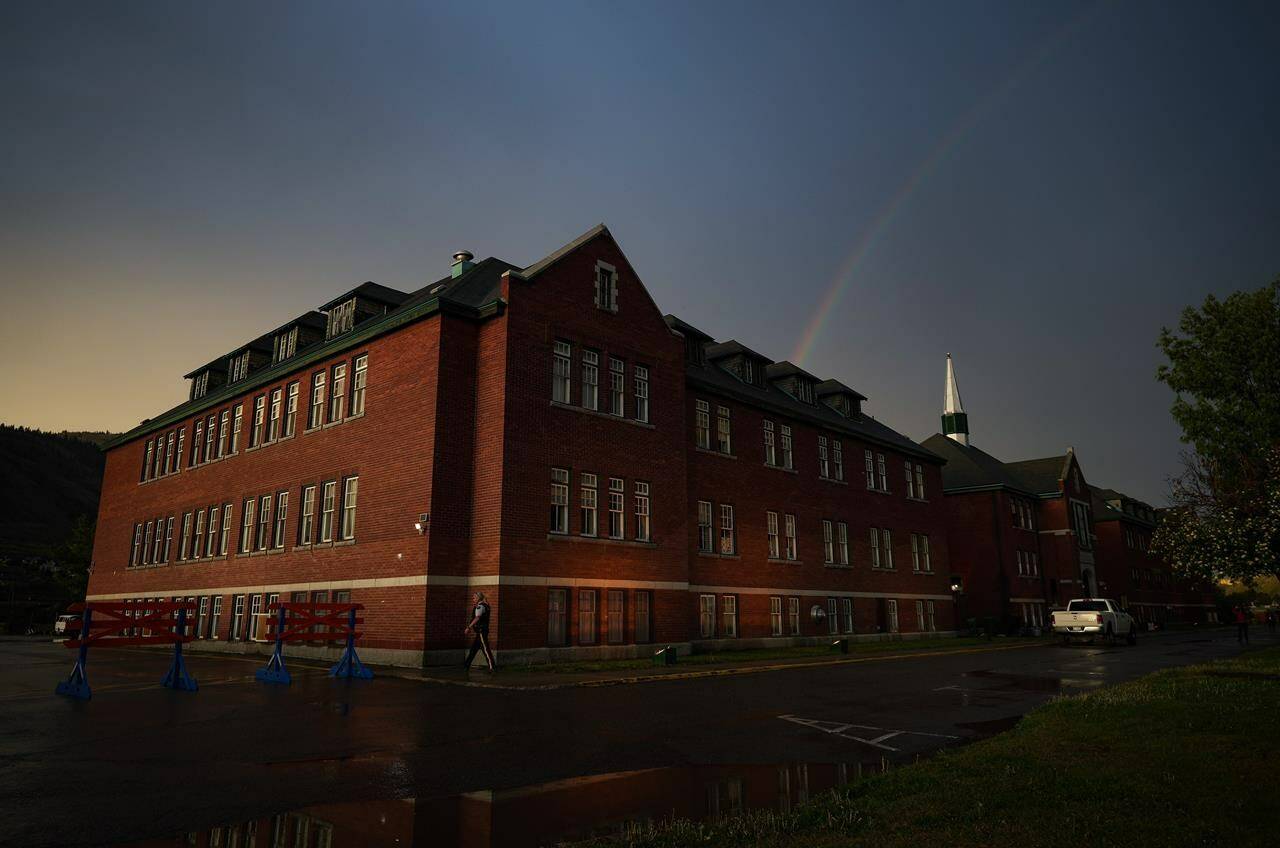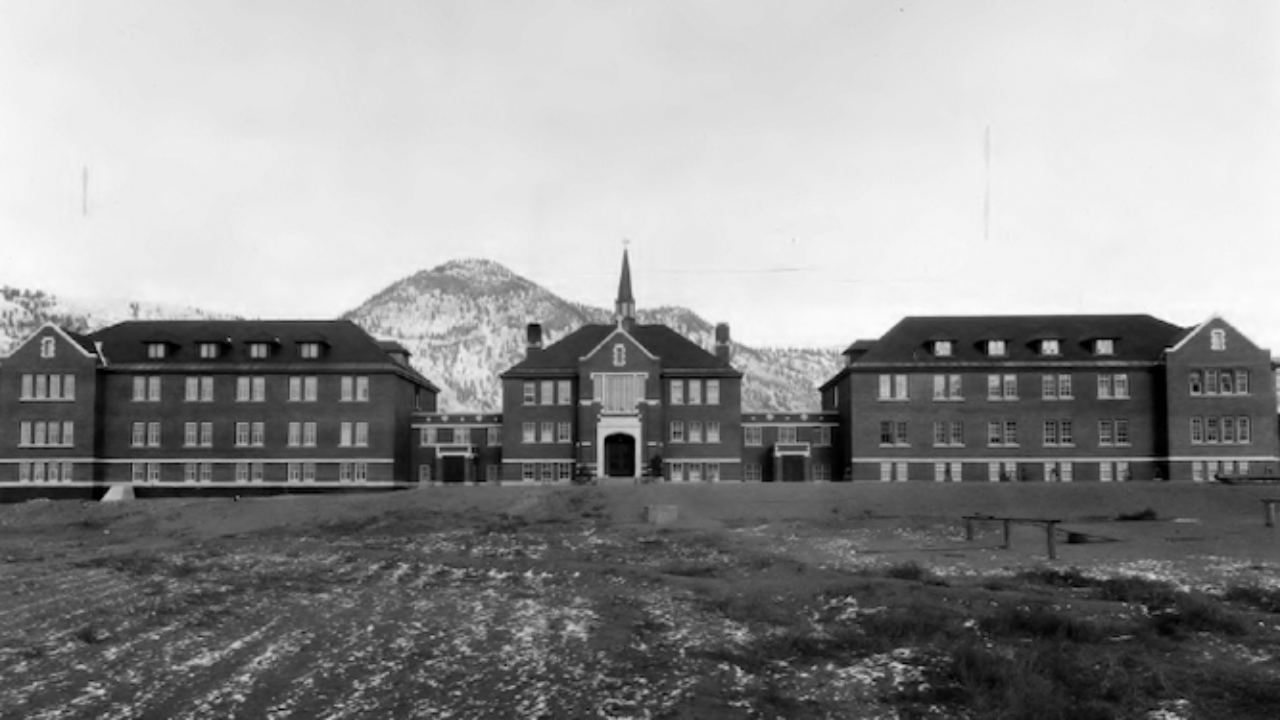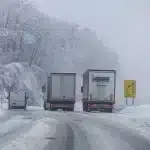Canada has agreed to pay C$2.8 billion ($2.09 billion; £1.68 billion) to settle a class-action lawsuit over the loss of language and culture caused by its residential school system.
The government paid for boarding schools as part of a plan to get people to become more like everyone else and get rid of their own cultures and languages.
The funds will be transferred to a non-profit trust that is not affiliated with the government.
However, the settlement must be finalized and approved by a court.
In 2012, 325 First Nations filed a lawsuit against the government for mistreating native Canadians at government boarding schools. They wanted to be compensated for this.
Children Taken From Families In Canada
About 150,000 First Nations, Métis, and Inuit children were taken from their families and put in these schools from the 1800s to the 1970s. Many people were then subjected to physical, emotional, and sexual abuse.
Surviving people talked about how children died at the schools, where students were often housed in poorly built buildings, poorly heated and dirty.
Indigenous people have recently found evidence of hundreds of unmarked graves on the grounds of former residential schools. These findings have rekindled debate about the system.
Announcing the settlement at an event on Saturday, Marc Miller, Minister of Crown-Indigenous Relations, said it would not “erase or make up for the past” but “what it can do is address the collective harm caused by Canada’s past”.
Shane Gottfriedson, the former chief of the Tk’emlups Nation and the British Columbia regional chief for the Assembly of First Nations, said at the event that resolving Native Canadian human rights and land claims has “always been a fight with the government.”
A New Start
“This is the beginning of a new era for our people in Canada,” he said.
“No reconciliation without truth,” a survivor says of abuse at a Canadian residential school.
The government says that the settlement will be put into a non-profit trust to help indigenous Canadians over the next 20 years with “healing, wellness, education, heritage, language, and commemoration activities.”
Between 1874 and 1996, Canada had more than 130 residential schools.
The landmark Truth and Reconciliation Commission (TRC) report, released in 2015, concluded Canada’s residential school system amounted to “cultural genocide”.
At least 3,200 children died while enrolled in a residential school, though advocates believe the figure is much higher.
SOURCE – (BBC)










